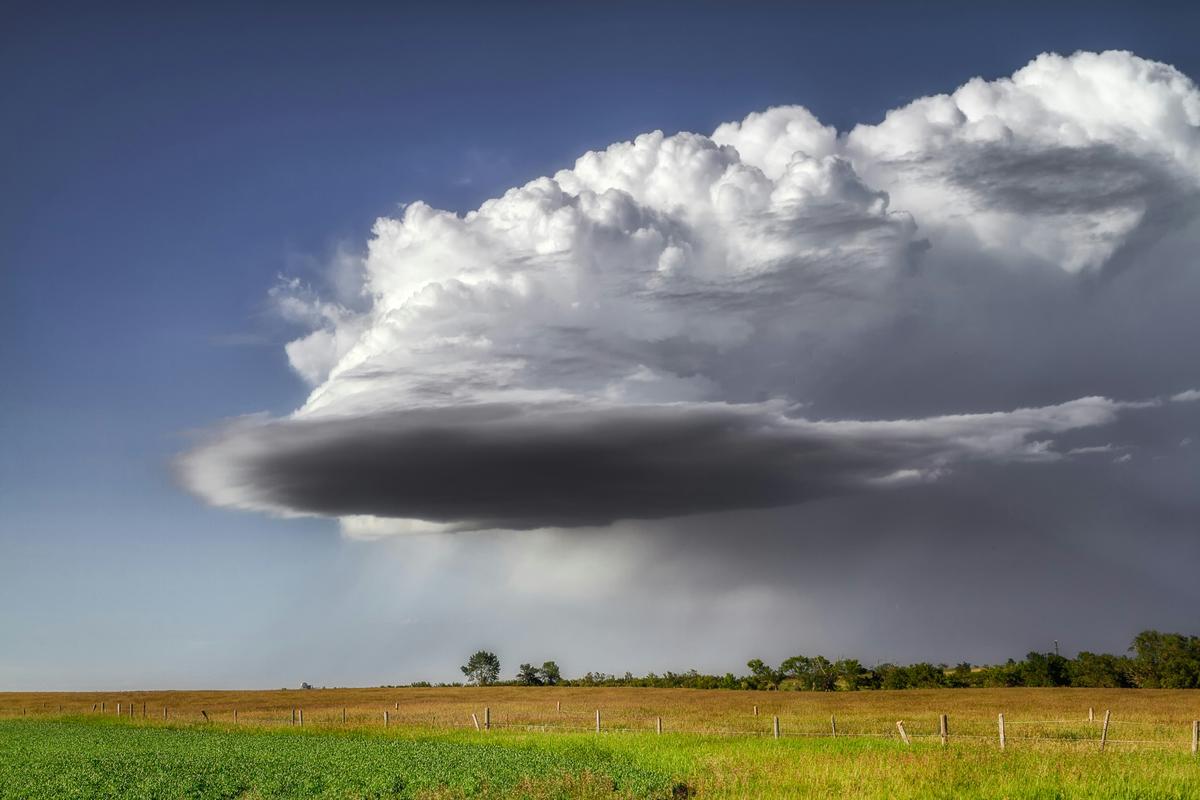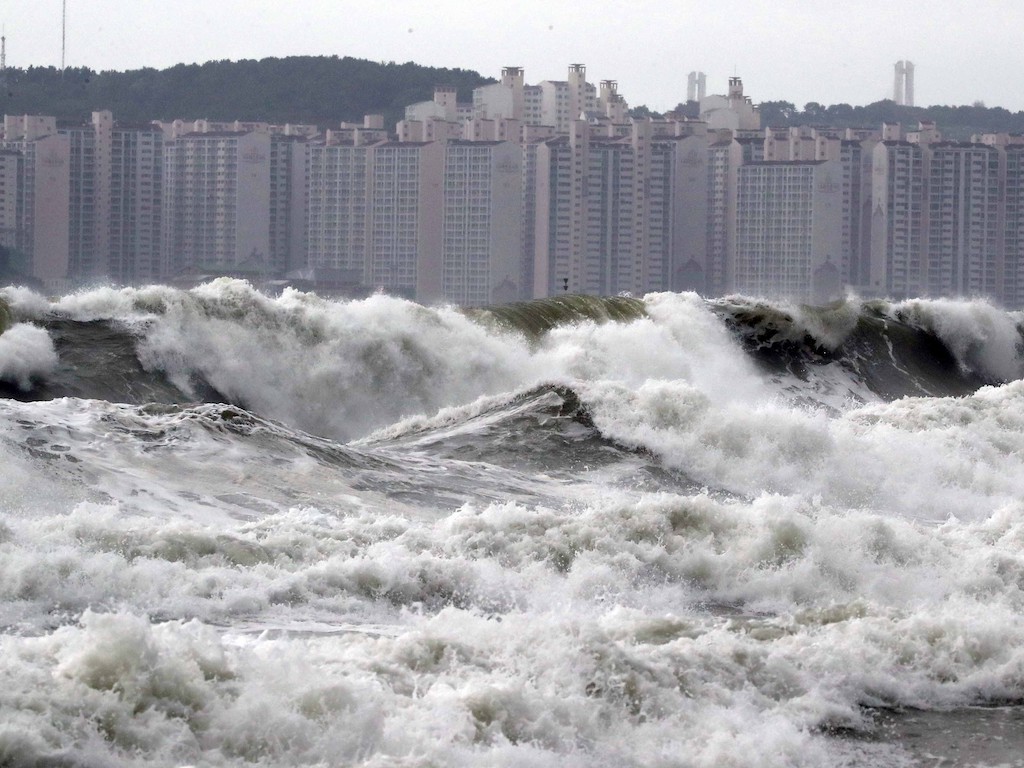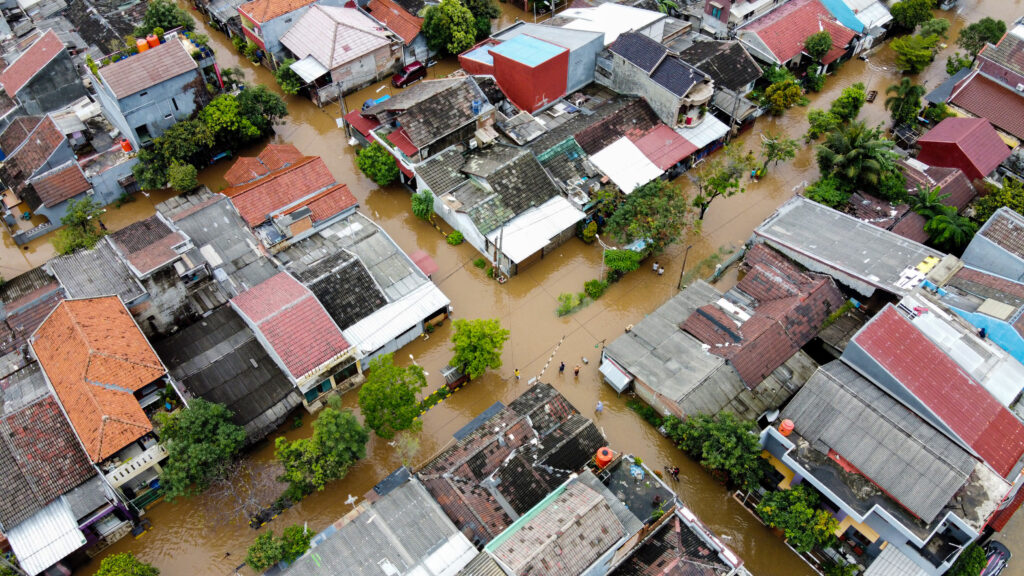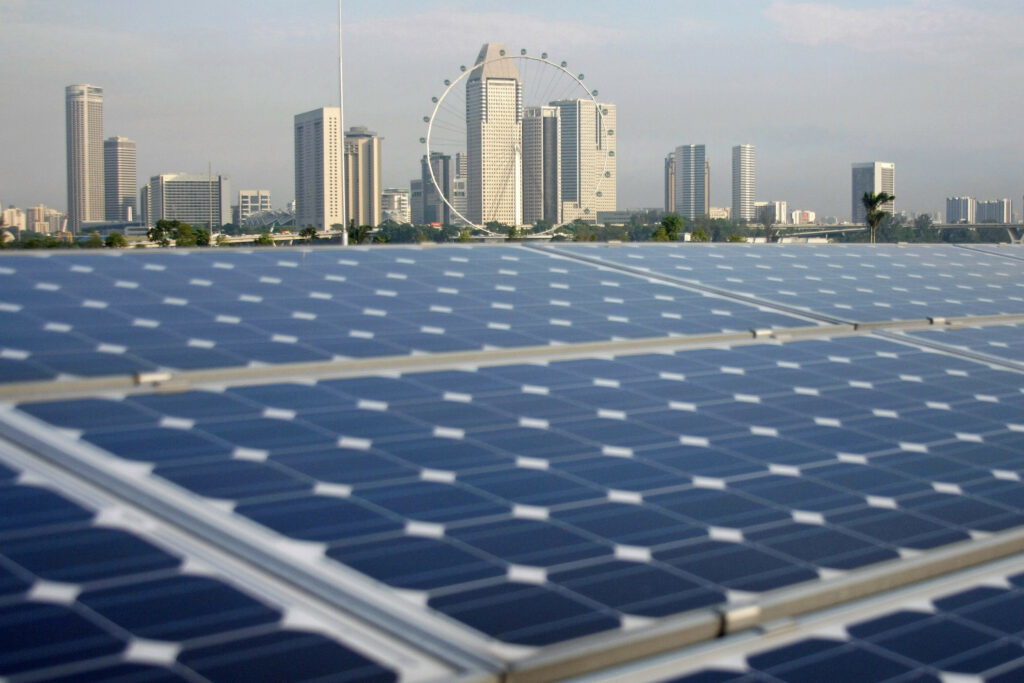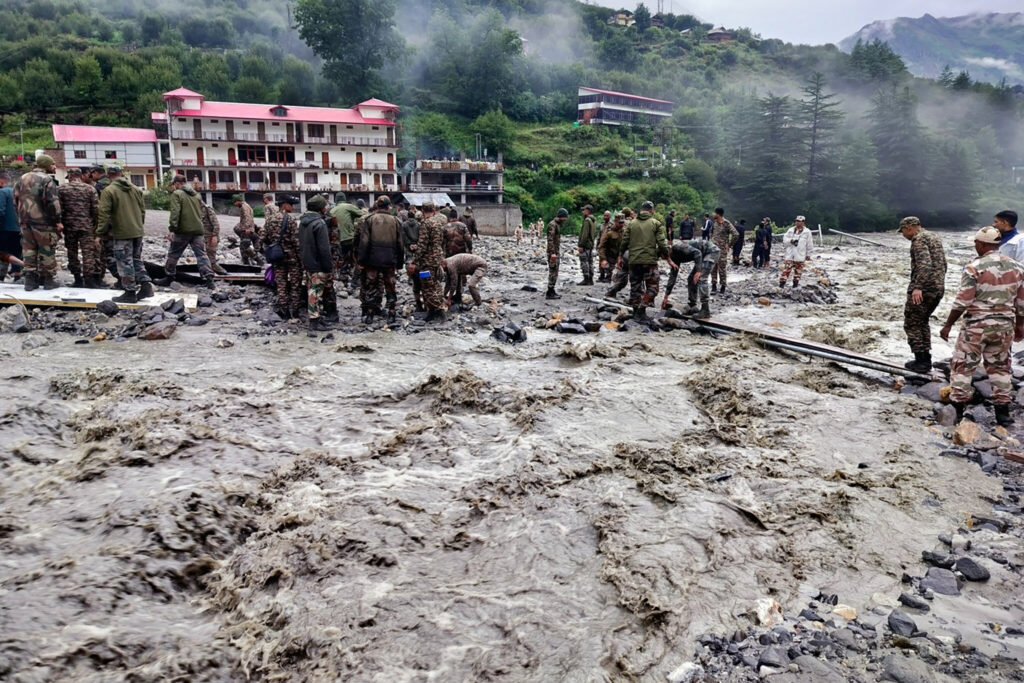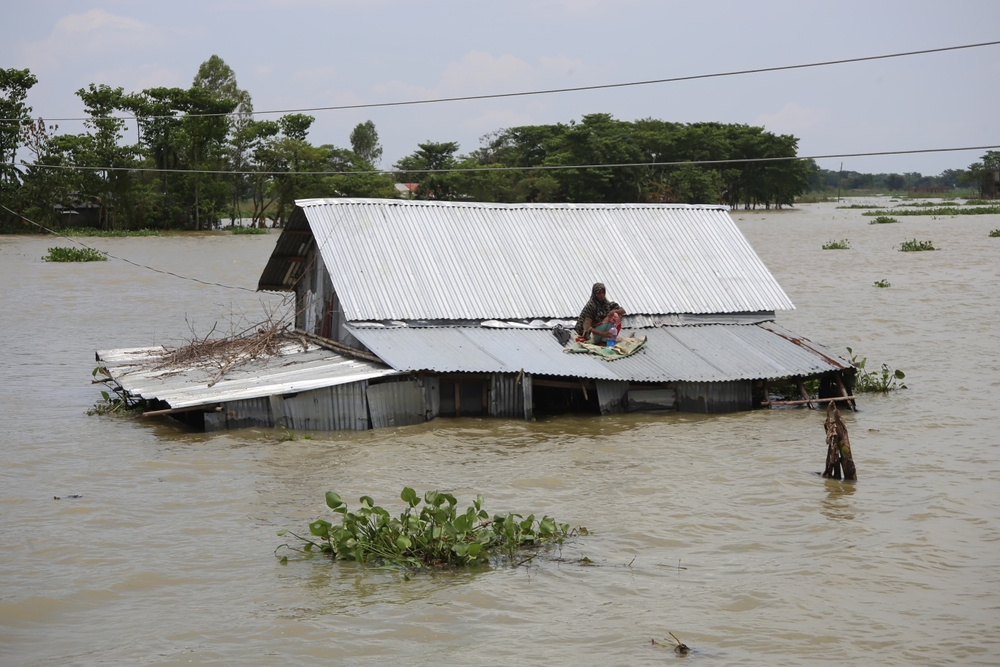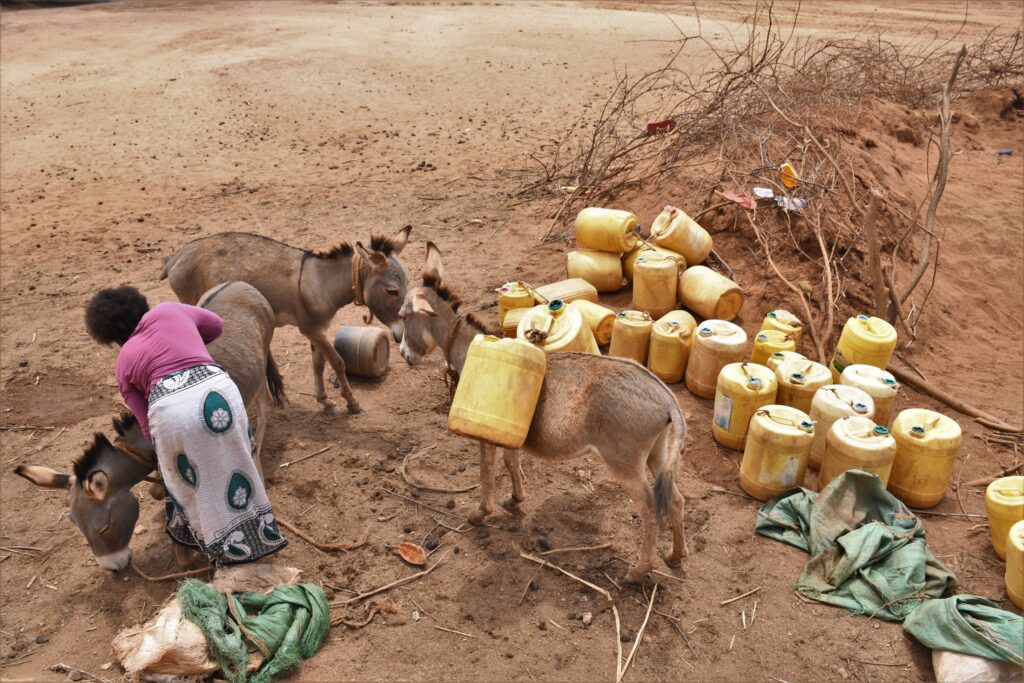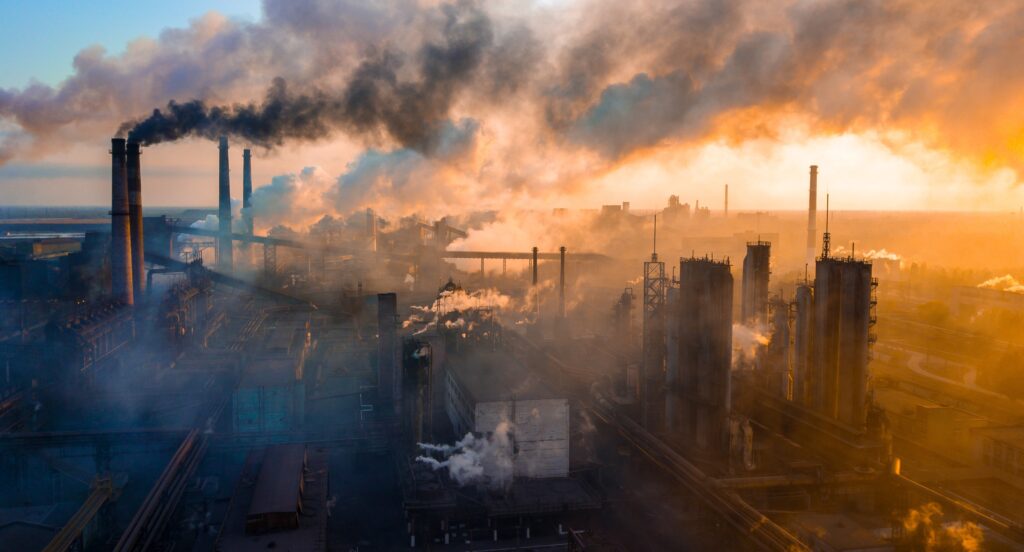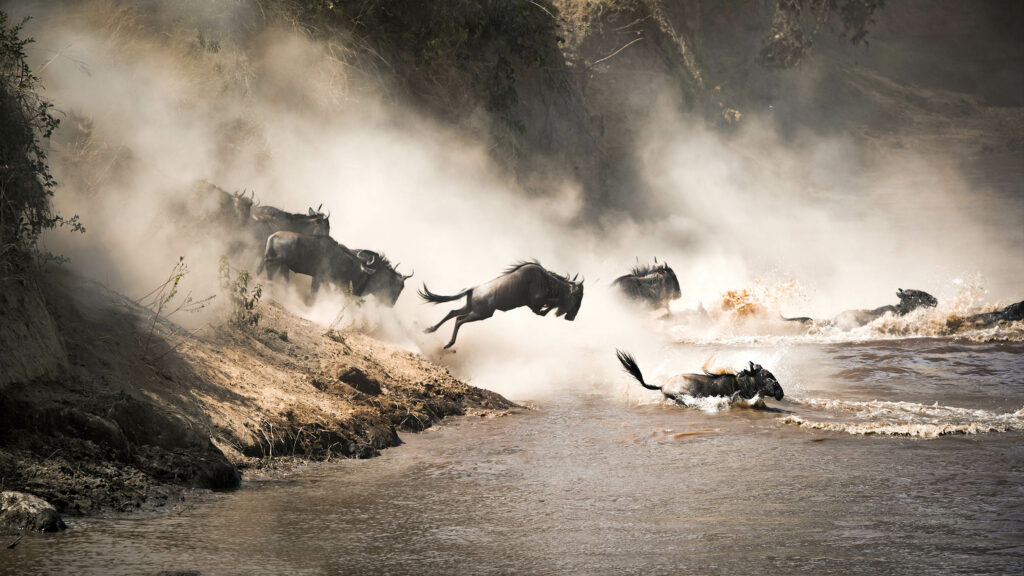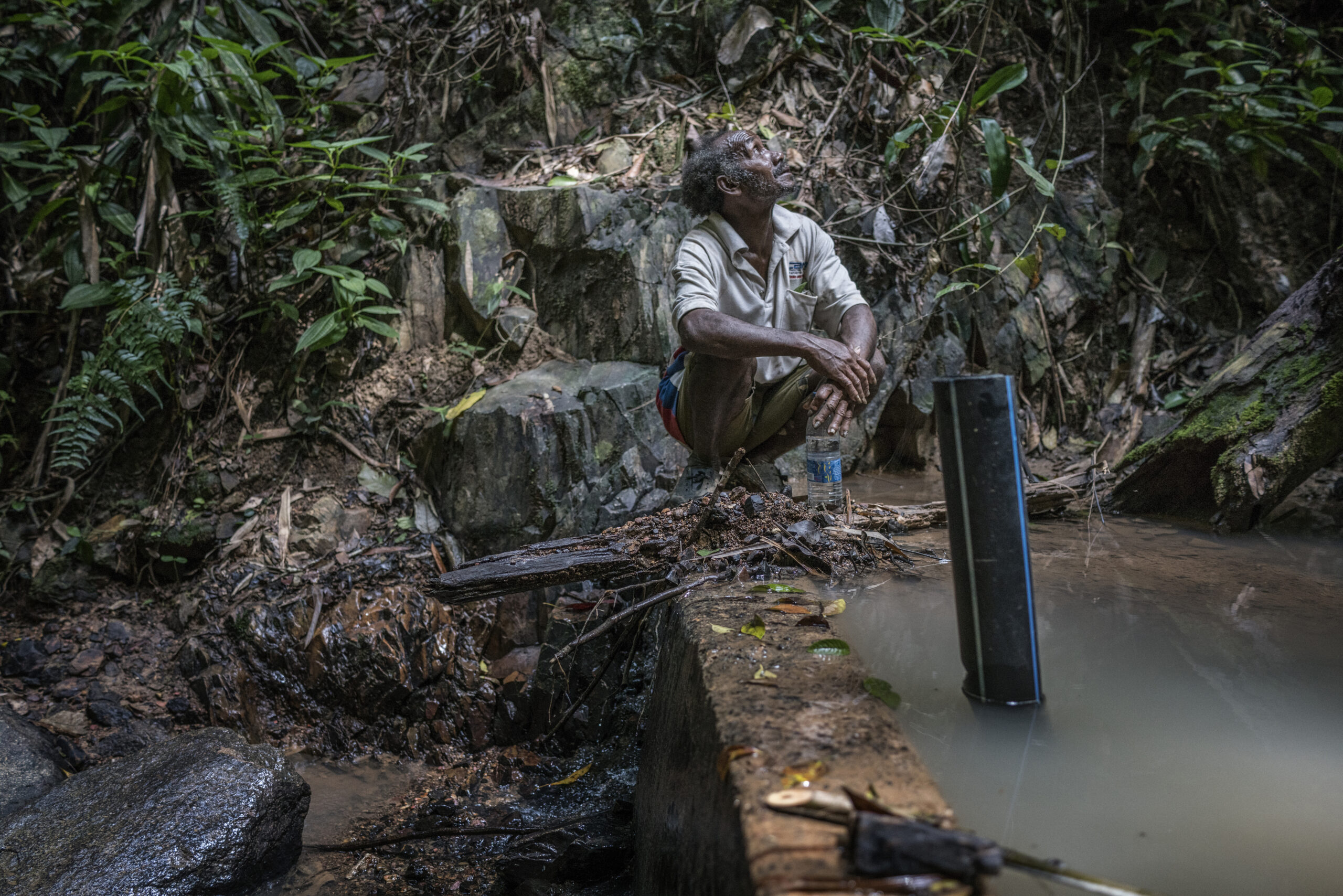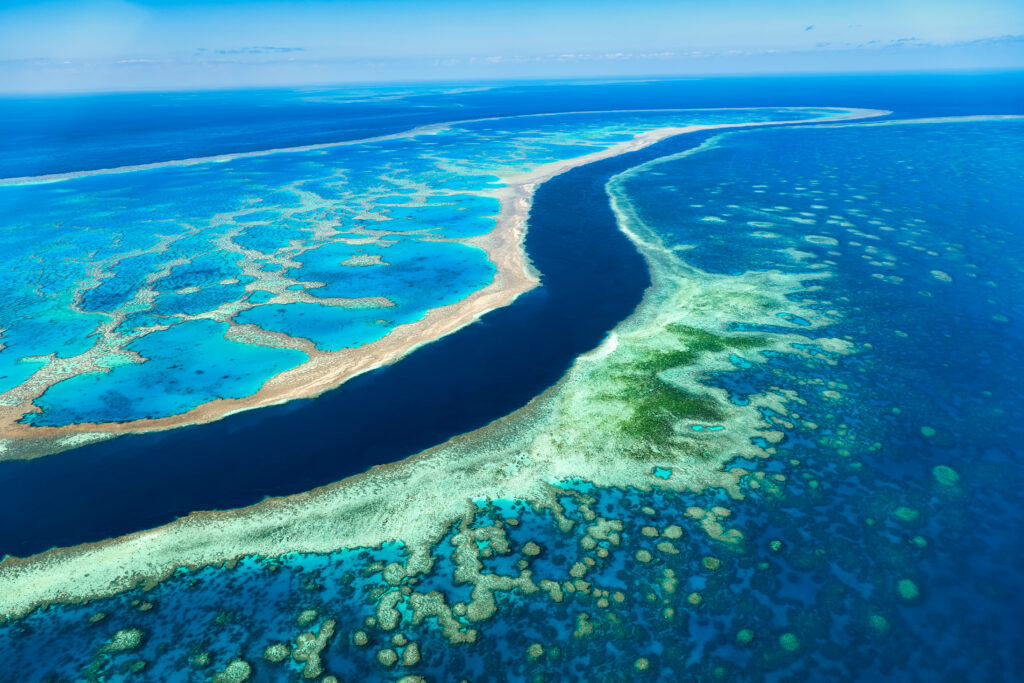What is a cloudburst? In plain terms, it’s an ultra-localised, short-duration burst of extreme rainfall. The risk is that this rapid rainfall overwhelms natural and manmade stormwater management systems, leading to flash floods and landslides.
This is especially relevant across Asia’s crowded valleys and fast-growing cities that are seeing higher rainfall and increasing flood risk. Understanding what cloudbursts are and how to plan for them is now a core resilience task.
What Are Cloudbursts?
Cloudbursts are a widely accepted concept, yet their criteria vary slightly by country. India’s Ministry of Earth Sciences defines cloudbursts as short-lived heavy rainfall over a very small area (roughly 20–30 km²), often around more than 100 mm in one hour. They are dramatically more intense than a typical downpour and dangerous because the amount is so concentrated.
That threshold varies by country, but the essence is the same: very high intensity over a tiny amount of time and space.
What Causes a Cloudburst?
Cloudbursts typically occur in connection with a thunderstorm. They require two main components: high levels of moisture and an upward force (mountains, sea breeze and monsoon convergence or a stalled boundary).
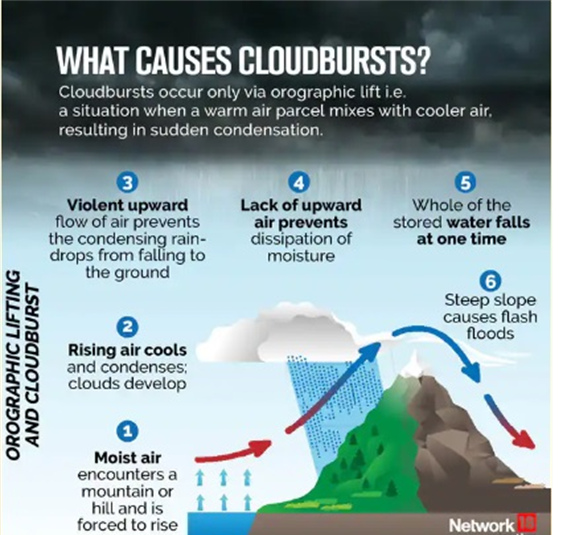
The life cycle of a cloudburst starts with a thunderstorm that moves from an area of high moisture, such as over an ocean. Then warm, moisture-rich air condenses rapidly while updrafts prevent rain from reaching the ground. Updrafts continue to push more moisture into the cloud, forcing more water to accumulate. When the updraft weakens, all of the accumulated rain falls at once.
The result is the storm remaining over one spot, unlike normal rain, where storms move along and intensity is limited by weaker lift, lower moisture or shorter residence time.
Where and When Do Cloudbursts Occur in Asia?
Because cloudbursts are reliant upon geography, moisture and temperature, they often occur in the same region year after year.
In India, cloudburst conditions are most common during monsoon surges along the Himalaya and Western Ghats. In Japan, they align with the Baiu and Meiyu fronts and typhoon-related rainbands. In Indonesia, they’re most common during the peak rainy season throughout Java and parts of Sumatra.
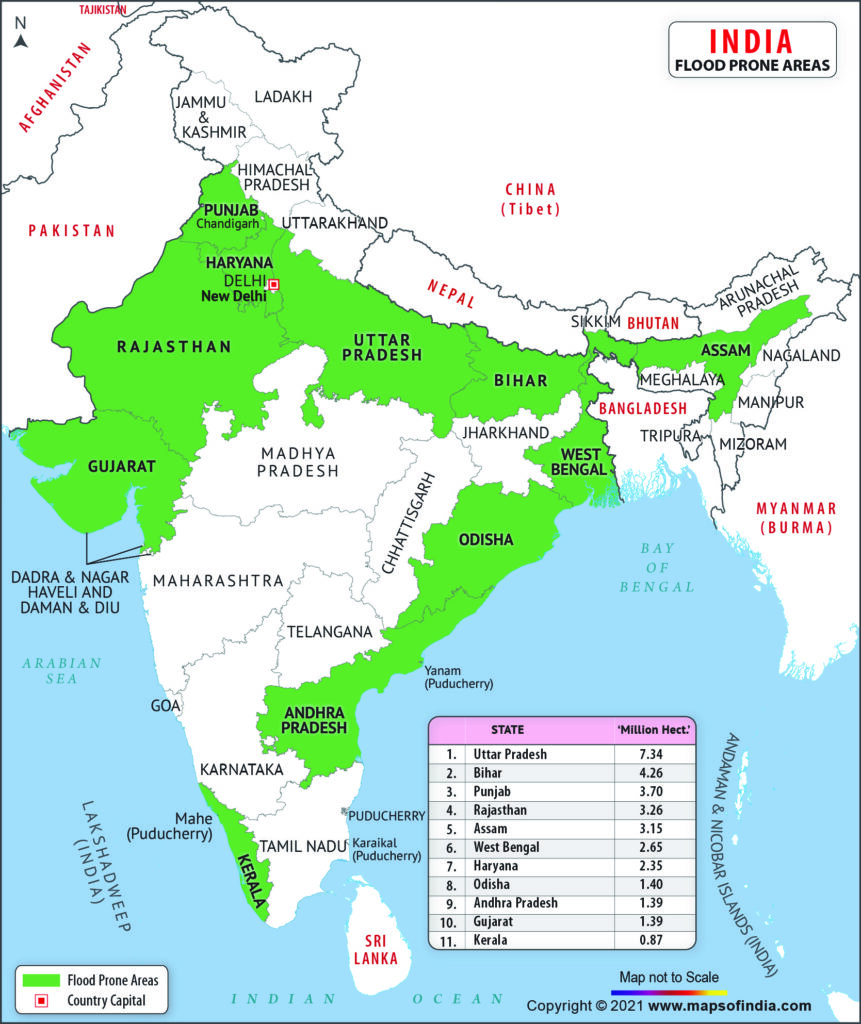
In each of these regions, cloudbursts are becoming more of a seasonal norm rather than a rare occurrence. Additionally, the increasing quantity of urbanisation in these areas increases the risks associated with cloudburst events.
Can a Cloudburst Kill You?
The series of events is simple and brutal. Intense rainfall overwhelms stormwater management systems and creates flash floods, debris flows and landslides. These then wash out roads, buildings and people caught in fast-rising water.
In 2023, Asia recorded 79 hydro-meteorological disasters, and over 80% were floods and storms, with more than 2,000 deaths in Asia and 9 million people directly affected. And these events are becoming more common.
The world’s average temperature is increasing, which creates warmer air that can hold more water. This loads storms with additional moisture, changes wind patterns and alters monsoons. Observations already show increases in heavy rain extremes across many parts of the world, with further intensification projected as warming continues.
For governments and developers, the implication is clear. Designing stormwater management systems based on the historical past is increasingly misaligned with the present.
How to Adapt: Forecasting, Warnings and Design Standards
Because cloudbursts unfold on “minutes to hours” timelines, adaptation must pair faster warnings with tougher, smarter infrastructure.
Forecasting and Early Warning of Flash Floods: From Minutes to Hours
As the main risk is flash floods, this is what early warnings should focus on. Flash-flood early warnings work best as an end-to-end chain with high-frequency observations, short-term prediction and multi-channel alerts that people act on.
Currently, agencies can blend Doppler radar, lightning and near real-time satellite rainfall with terrain-aware hydrologic models to flag basins likely to exceed capacity in the up to 6-hour range. Globally, WMO’s Flash Flood Guidance System provides such decision support to forecasters.
Warnings are shifting from “what the weather will be” to “what it will do” via impact-based services, and then disseminated using the Common Alerting Protocol so the same message fans out across SMS and cell broadcasts, apps, TV and radio and sirens. Scaling these elements is a core pillar of the Early Warnings for All initiative.
Planning, Operations and Infrastructure
First up is updating storm impact scenarios to reflect changing extremes. Next, we need to expand our infrastructure to handle the new extremes. This can take the form of increased detention and infiltration (rain gardens, green roofs and stormwater catchment), clearing of culverts and drains, mapping of debris-flow corridors and optimisation of evacuation routes in steep terrain.
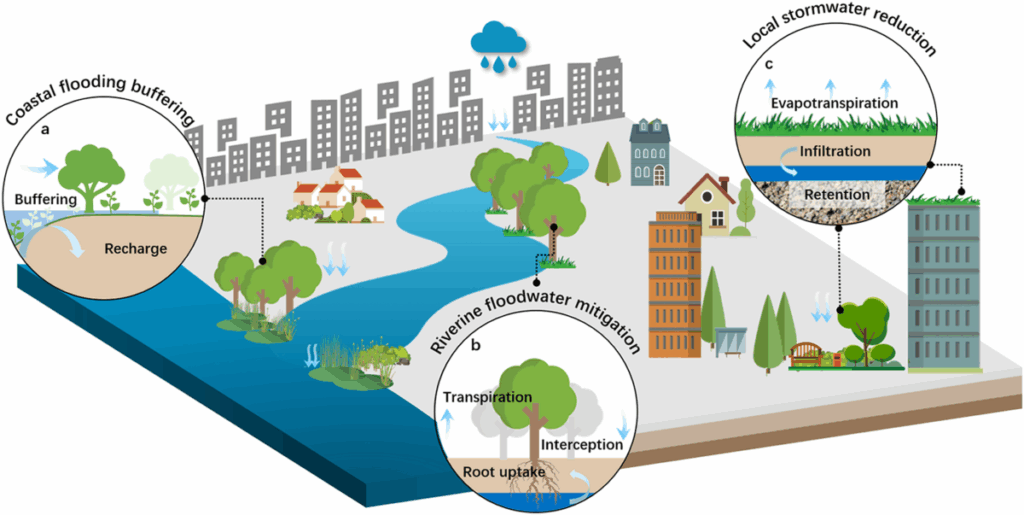
Regionally, WMO’s Asia assessments underscore that water-related hazards are the top threats, justifying capital investment in both grey and green infrastructure.
Cloudbursts and the Climate Change: From Risk to Action
As the climate warms, the atmosphere holds more water, pushing storms to dump heavier short-duration rain that drives cloudbursts and flooding. Heavy precipitation will continue to increase across many regions with warming.
This means today’s drainage, siting and landslide assumptions can underperform even without “record-breaking” storms. Climate change mitigation is crucial to limiting future intensification. At the same time, adaptation to existing challenges is vital. Early warning and future-focused urban design will reduce losses now.
It falls on the shoulders of all governments, particularly those in the developing world, to support and fund these initiatives across the most vulnerable nations.
Eric Koons
Writer, United States
Eric is a passionate environmental advocate that believes renewable energy is a key piece in meeting the world’s growing energy demands. He received an environmental science degree from the University of California and has worked to promote environmentally and socially sustainable practices since. Eric has worked with leading environmental organisations, such as World Resources Institute and Hitachi ABB Power Grids.
Eric is a passionate environmental advocate that believes renewable energy is a key piece in meeting the world’s growing energy demands. He received an environmental science degree from the University of California and has worked to promote environmentally and socially sustainable practices since. Eric has worked with leading environmental organisations, such as World Resources Institute and Hitachi ABB Power Grids.

